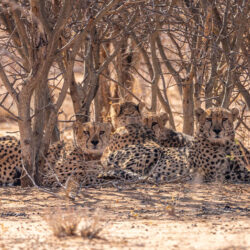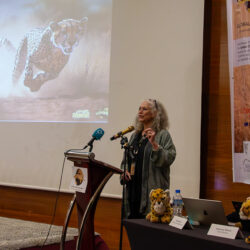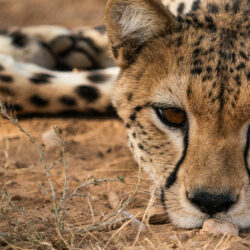Helping People. Saving Cheetahs. Livelihood Development with Jewelry
-
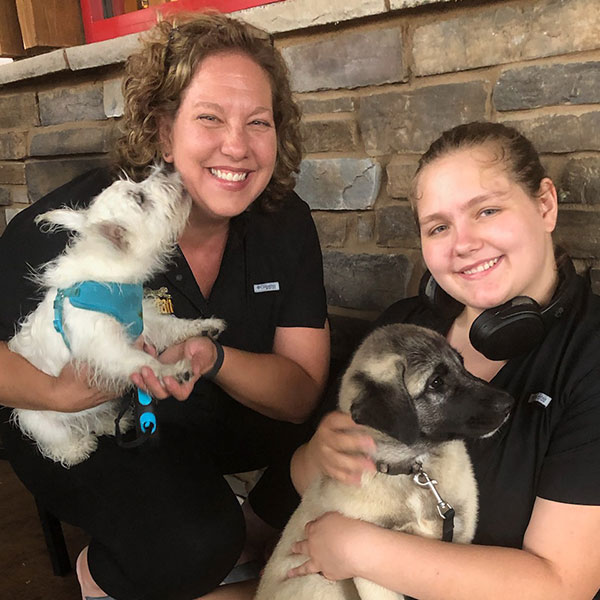
- by Dionne Stein September 22, 2021
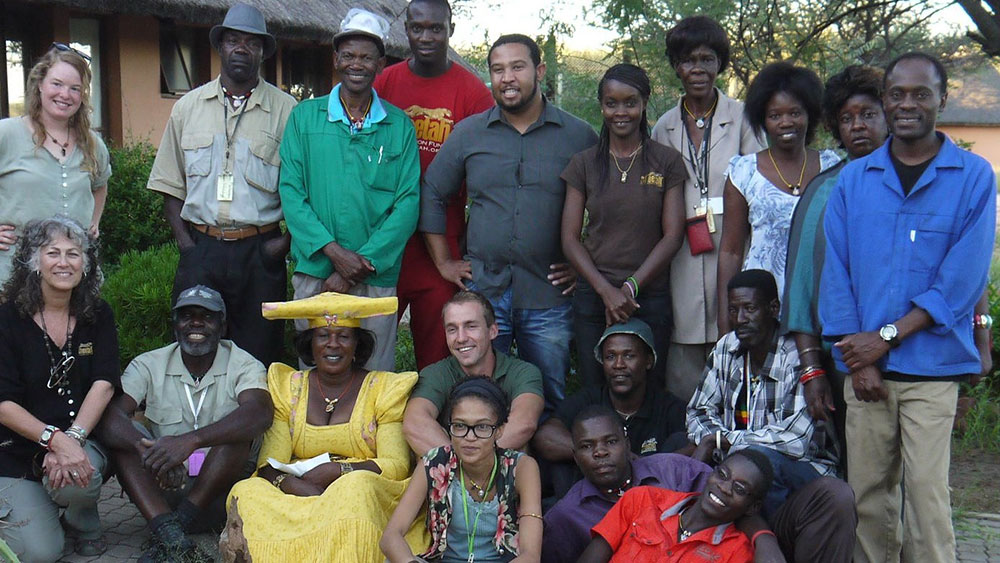
Did you know that Zoos, Museums and Aquariums all over the world support Cheetah Conservation Fund’s Arts & Crafts program by selling Jewelry products, books and crafts in their gift shops and stores!
The purchase of craft products supports CCF’s community-based initiative to help improve livelihoods in rural communities while supporting our ongoing research, education, and conservation programs in Namibia. Local Namibian artists create all of the jewelry products offered at CCF’s Centre and events. The pieces are inspired by and crafted from rich traditional and cultural practices. The majority of the pieces are made from naturally found materials in the Greater Waterberg Landscape (GWL) and the surrounding communal lands of Namibia.
The Greater Waterberg Landscape
The CCF Arts & Crafts program started with a vision to restore wildlife and further develop alternate sources of income. The communities living in the local community conservancies would integrate traditional crafting skills with an entrepreneurial business model. CCF’s Executive Founder and Director, Dr. Laurie Marker, initiated the crafts program in the mid 1990’s but expanded it in 2016 and soon found that helping people also helped the cheetah. CCF continues to help build capacity within the communities through workshops teaching high quality craftsmanship, cultural tourism, integrated livestock, wildlife, and land management, leading to wildlife reintroductions in the area.
The Greater Waterberg Landscape products such as CCF’s magazine bracelets, makalani nut products and beaded jewelry are made primarily by women and the people within the GWL; the region CCF works in and is located. Crafters here like Agnes earn an income that she uses for tuition and schoolbooks for her children’s children.
CCF Crafts People of the GWC are a diverse, multicultural group. Our artisans represent the region’s cultural diversity, with members coming from the Demara, Himba, Owambo, Ambo, Herrero, Namar or the San communities. They are a diverse group of crafters who are rich in culture and history, speaking several dialects and a wide diversity of indigenous languages. However, the three primary languages spoken in Namibia are English, German and Afrikaans.
There are many unique and priceless crafts at CCF, like magazine necklaces and bracelets. These handmade pieces constructed from repurposed or recycled magazines. Each of the colorful pages is cut into thin strips and hand-rolled into tight beads. These are secured with a varnished coating and threaded onto recycled string, elastic, or twine.
CCF’s makalani nut necklace and keyrings are handmade from the nut of the makalani palm, a tree endemic to the Northern regions of Namibia. The nuts are traditionally utilized by the Owambo Peoples who live in Northern Namibia, but the makalani palm is widely distributed throughout Namibia. Creating the pieces is done by sustainably collecting fallen nuts, peeling the outer layer of the nut, and carving the hard, inner core. At CCF, running cheetahs and cheetah faces are cleverly carved into these nuts, which are then made into necklace pendants and keyrings secured with leather and twine.

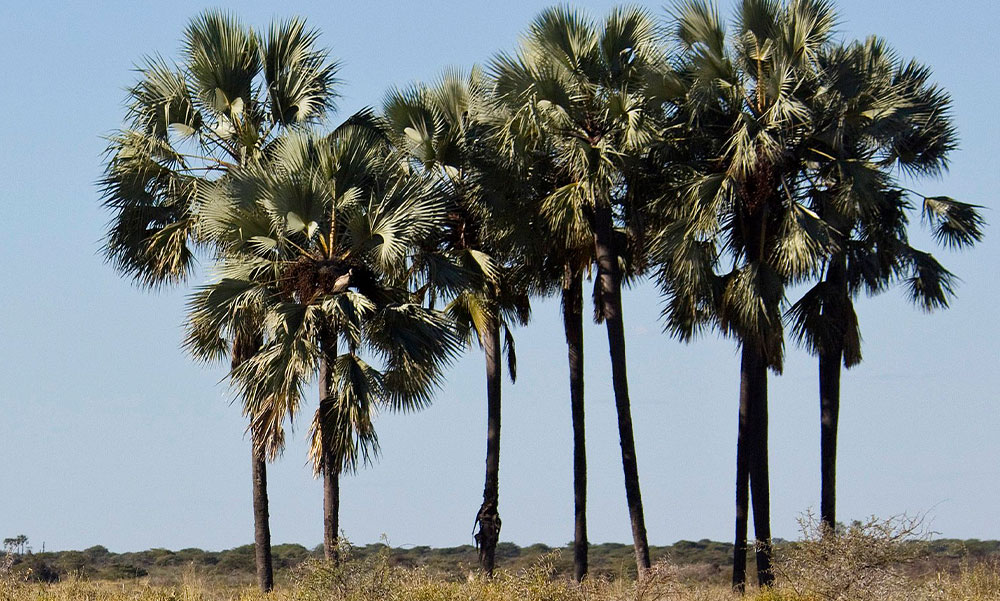
The San People
The San Bushmen, known as the San people of the Kalahari Desert in Namibia, apply their traditional skills to create jewelry, primarily with natural resources, along with other materials available to them. Largely isolated from colonialism until the last century, San women make intricate pieces of jewelry using wild seeds, pieces of tree roots, horns, bone, leather, tortoiseshell and beads created from ostrich eggshell. The San People can be compared to the first conservationists of the world using every resource naturally given to them in a minimalist fashion.
Ostrich eggshell beads are regarded as the oldest known manufactured bead in Africa. Women traditionally craft ostrich eggshell beads, and each bead is hand-made from individual shards of broken eggshell. The beads colors are darkened by roasting them in a fire to create a spectrum of different colors. Porcupine quills are also fashioned into beads too. An additional style of bracelet come from Tamboti wood. These pieces are constructed from wooden beads hand-cut from sections of the Tamboti tree, a tree that is endemic to Southern Africa.
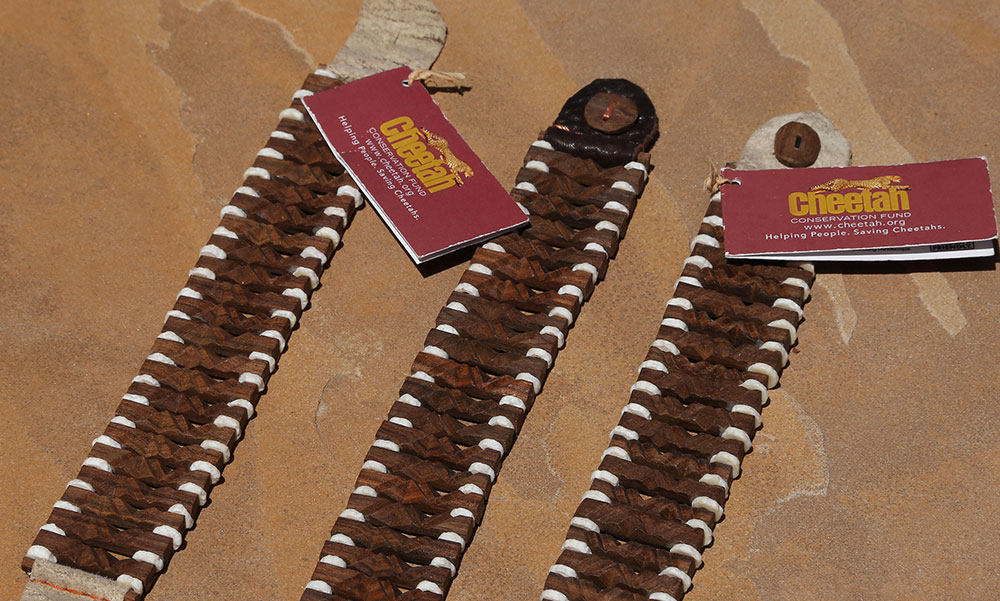

The Himba
The Himba peoples of Northern Namibia are considered some of the last semi-nomadic indigenous people of the country. The OvaHimba choose not to conform to modern society and still wear their traditional clothing, which consists of loincloths and miniskirts from animal skin. The red ochre and fat also distinguish them are rubbed on their bodies, protecting them from the scorching Namibian sun giving their skin a brilliant reddish tinge which is the essence of life and the Earth’s rich color. Often wearing jewelry from ostrich eggs or iron, the Himba people also use this craft to sell items to tourists. In the villages where they reside, they take to livestock farming with sheep, goats and cattle. This is also how they obtain meat and milk, which are also sold. Not to mention maize and millet farming, which is also common within the tribe.
The Himba continue to wear these items as symbols of rich cultural tradition, worn by men and women to indicate status within their communities. Himba jewelry is crafted from locally sourced ostrich leather, ostrich shells, iron, and copper. Himba crafted bangle bracelets were traditionally fashioned from elephant ivory, but today these bracelets are sustainably and ethically crafted from repurposed PVC piping instead. The piping is hand-cut into various sizes and widths and decorated with a hand-carved cheetah design.
The CCF Arts & Crafts Program consists of products crafted by rural community members within the Greater Waterberg Landscape. It is a community-focused initiative to improve their livelihoods while supporting CCF’s ongoing research, education, and conservation projects in Namibia. Products are handmade by community members living in rural Namibia and utilize sustainable natural resources and the upcycling of materials. Where helping cheetahs is helping people.
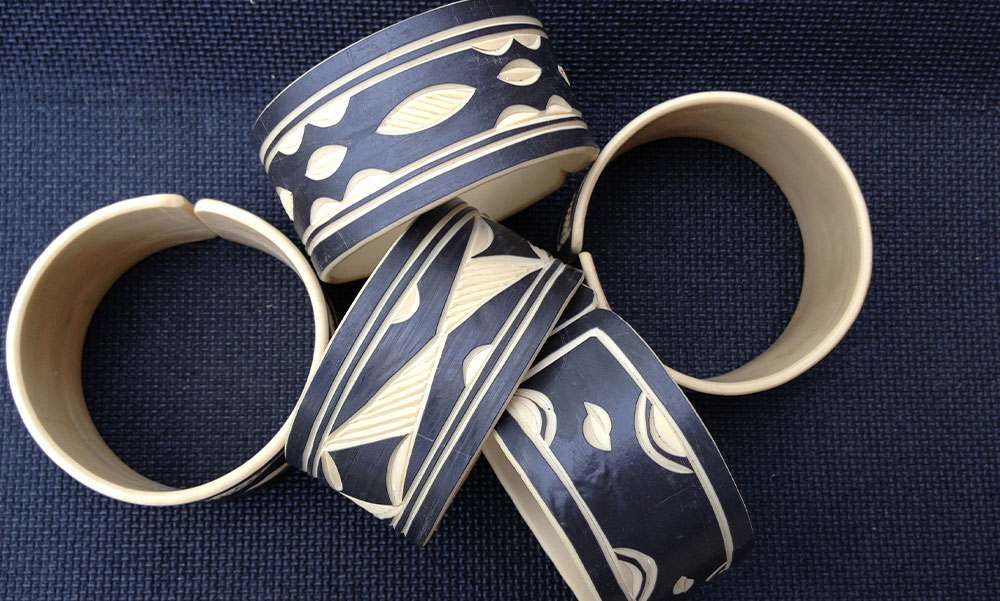
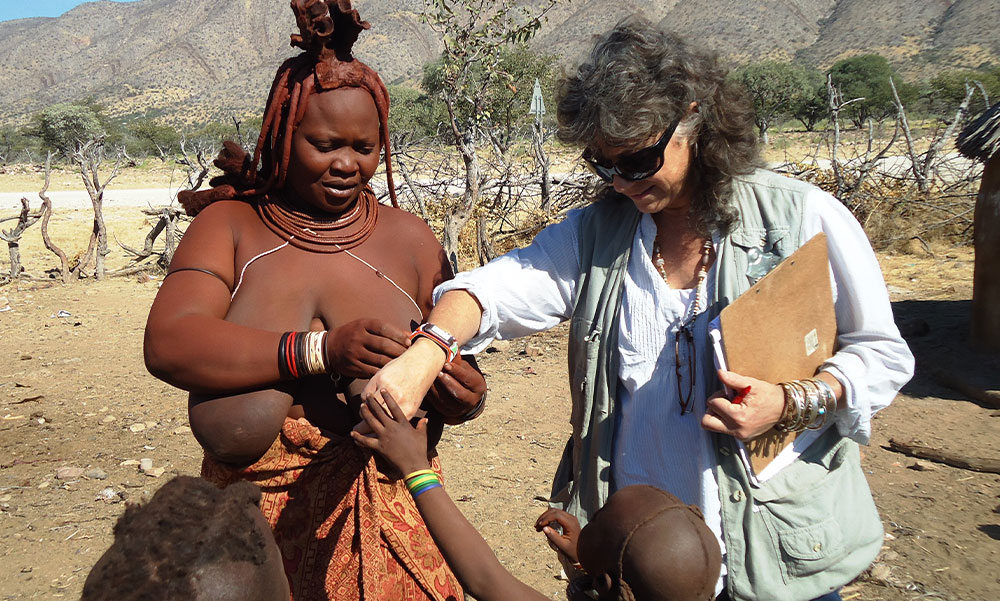
To learn more about the Cheetah Conservation Funds Arts & Crafts program, please contact [email protected].
Related Reading
-
November 13, 2025
You Power Every Success Story -
February 7, 2024
Dr. Laurie Marker’s Opening Speech at the Global Cheetah Summit -
November 15, 2023
Double Your Gift – Home Range for the Holidays 2023

